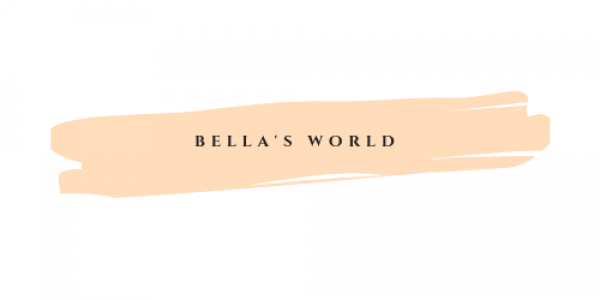Who doesn’t appreciate the beauty of a well-cared, freshly mulched landscape? The stunning contrast of colourful hardwood mulch against the backdrop of evergreen shrubbery or the tidiness of a new pine straw when it’s blow-tucked at the perimeter of a tree, surrounded by freely mowed and edged turfgrass is eye-catching and enchanting. In other words, mulch enhances the beauty and contrast of the landscape in many ways. However, mulch does more than simply improve the look of a landscape.
You can buy mulch online or from local tree mulching services in two forms: organic and synthetic. Organic mulch comes in different types from wood chips, straw, bark, grass clippings, compost leaves, husk, hulls and sawdust to cardboard and newspaper. The organic nature of such means that it breaks down through decomposition, fertilizing the plants it surrounds. Synthetic mulch includes materials such as stone, brick pieces and rubber. While synthetic mulch performs most of the functions of organic mulch such as regulating soil temperatures, helping to maintain soil temperatures, etc, it doesn’t provide the added beneficial nutrition of organic mulches. The organic matter also helps to improve the soil structure and fertility, such as porosity and pH, both of which are highly beneficial to your plants.
Despite the many benefits of organic mulch, some people opt for synthetic mulch. It’s true that stone mulch does add a certain decorative element to the grade, but still, it doesn’t nourish the soil. And while stone mulch effectively shades the soil from the sun, it also heats up very easily which cause the soil to dry quicker. Simply said, stone mulch is great for aesthetic appeal, but it doesn’t serve the same purpose as organic mulch and is also much more expensive.

If you’ve decided that the organic matter is right for your garden, your next step is to choose the best kind. It’s important that you understand that not all organic mulches are the same. Consider what purpose the mulch will be serving. It is for moisture retention, aesthetics or weed control? Answering these questions before you buy mulch online will help you choose the best option that will make your garden healthy and attractive! Here are some options to consider.
Bark Mulch
Bark mulch is a great option for those looking to retain moisture and keep out the sun and the weeds. Not only is bark a porous material but it also decomposes easily, enriching your garden solid with valuable nutrients.
Wood Chips
Similar to bark chips, wood chips are effective at blocking out the sun and keeping the soil cool. While untreated wood chips have a more natural appearance, treated wood chips are a more appealing option for those looking for a tidier aesthetic. In order to achieve a more uniform colour, treated wood chips are dyed. To avoid adding harmful chemicals to your garden soil, look for wood chips that have been treated with all-natural dye, otherwise opt for untreated wood chips.

Straw
While straw might not be the prettiest option for formal gardens, it is the perfect option for a charming country touch. It is great for vegetable gardens, where it generally get mixed around with the soil a little bit more. Straw mulch is also great at protection young seedlings for the winter. Note that some varieties may contain seeds that end up sprouting up through the mulch. So, to avoid unwanted plants, choose a guaranteed weed-free straw or choose a different kind of mulch.
How to Apply Organic Mulch
- Regardless of which kind of mulch you choose, a few simple “best practices” tips will help you achieve success.
When using wood chips or bark mulch, 5-10 centimetres deep is enough to do the job. Using an excessive amount is not only a waste of money, but it can also, over time, lead to shallow and vulnerable root systems for trees and shrubs. - Avoid pilling much up against the trunks of trees and shrubs. The excess mulch holds moisture against the trunks, resulting in root and/or collar rot and disease over time.
- After applying 5-10 centimetres of much in a circle around a tree or shrub, simply brush the excess mulch a few centimetres away from the truck collar. In mature trees, mulch can be applied all the way out to the edge of the canopy of the tree.
- Although straw mulch is probably the most economical option available, it decomposes faster, which means it has to be replenished more often than wood mulches. And because it is lighter and wispier, it can be applied a little deeper – as much as 15 centimetres deep. However, it does take some finesse to make it look good.
- When applying straw in large beds of shrubs, pull bales apart and broadcast consistently throughout bed areas carefully tucking straw up under the edges of plants.
- Fill in thin spots as you go. For a cleaner look, rake or blow away needles that collect on the top of plants.
- Finally, tuck and roll the front edge of straw where it meets the edge of the be. While this can be accomplished by hand, it can be done much faster and cleaner with a small hand blower.
